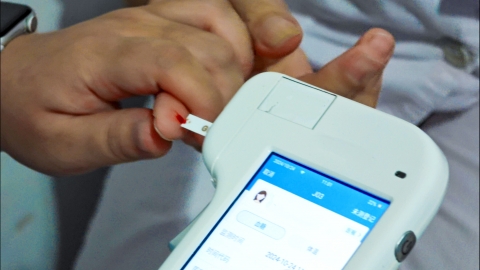How to deal with gynecological itching caused by diabetes
Generally, diabetes-induced gynecological itching mainly results from poor blood glucose control, which increases sugar levels in urine and vaginal secretions, making it easier for bacteria or fungi to grow. Alleviating this symptom typically requires strict blood glucose control, maintaining cleanliness and dryness of the external genital area, wearing breathable clothing, properly using antifungal or antibacterial medications, and undergoing regular gynecological examinations. If concerned, it is recommended to seek medical advice promptly. Detailed explanations are as follows:

1. Strict blood glucose control: Maintain blood sugar within the normal range through dietary adjustments, appropriate exercise, and medication as directed by a physician. This reduces sugar levels in urine and vaginal secretions, thereby minimizing the conditions favorable for pathogen growth and relieving itching.
2. Maintain cleanliness and dryness of the external genital area: Wash the external genital area daily with warm water, avoid using irritating cleansers, and dry the area thoroughly after washing. This reduces moisture and prevents bacterial or fungal proliferation, alleviating local discomfort.
3. Choose breathable clothing: Wear loose-fitting cotton underwear and outer garments to ensure adequate air circulation around the external genital area. This minimizes sweat accumulation and friction irritation, reducing the chance of pathogen infection and relieving itching.
4. Proper use of antifungal or antibacterial medications: After identifying the type of infection through medical examination, use appropriate medications as directed by a physician. For example, fungal vaginitis may be treated with antifungal suppositories, while bacterial infections require antibacterial medications to inhibit pathogen growth and eliminate itching.
5. Regular gynecological check-ups: Even after symptoms improve, regular gynecological examinations are necessary to monitor changes in the vaginal environment, detect infection risks early, and prevent recurrence of itching.
Diabetic patients experiencing gynecological itching should pay attention to both blood glucose management and local care. If symptoms persist or worsen, seek medical attention promptly, avoid self-medication that may delay treatment, and prevent the spread of infection that could lead to other gynecological complications.








